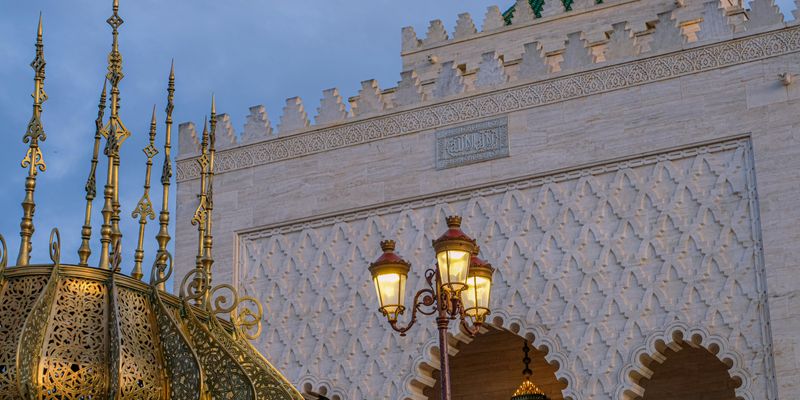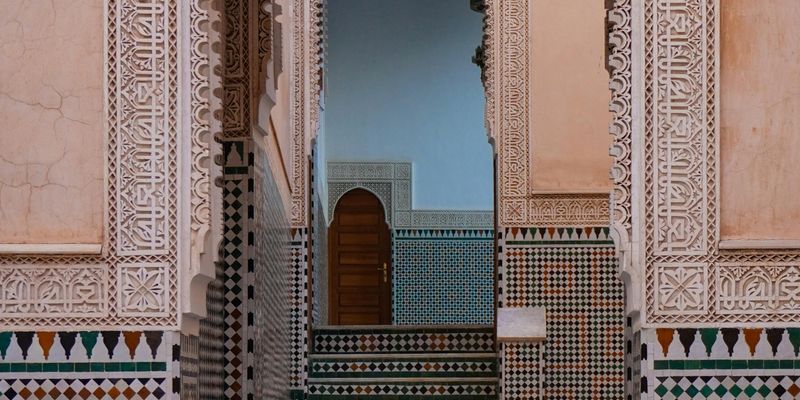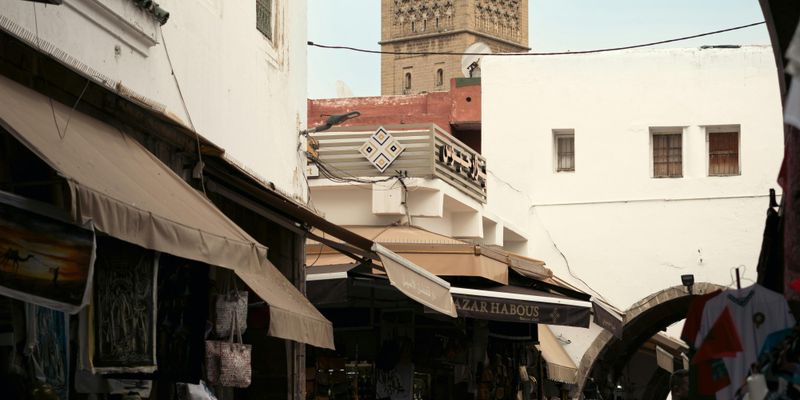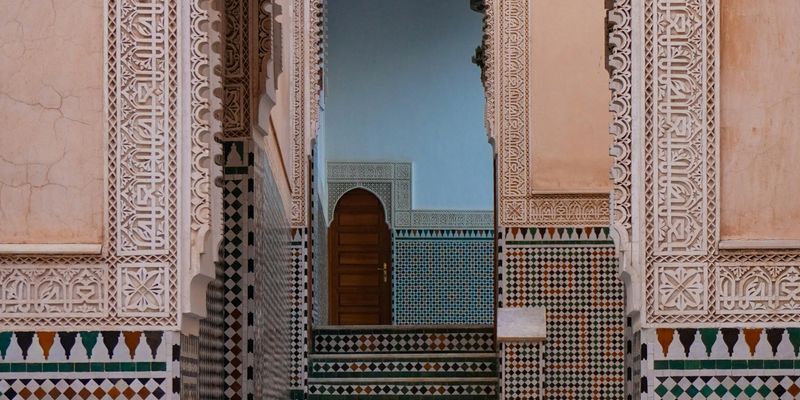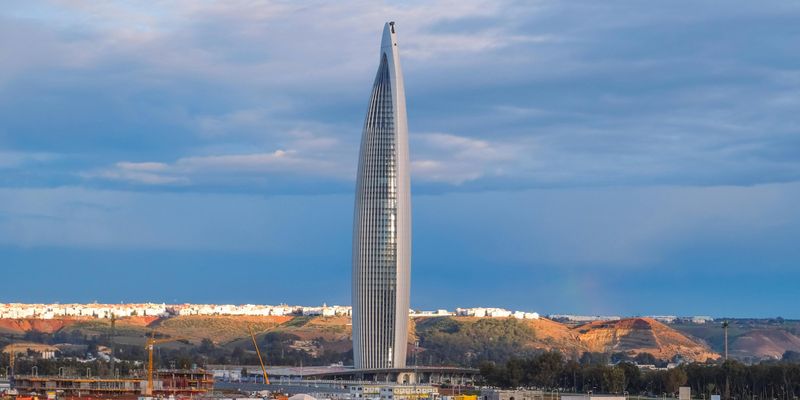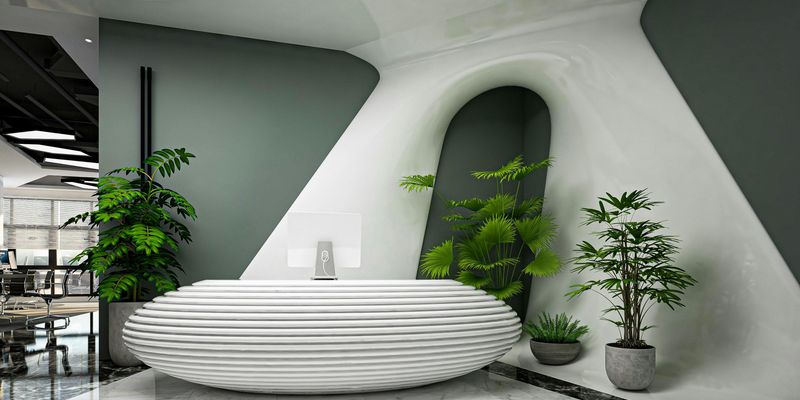
Welcome to Morocco: A Journey Through Time
Morocco is a whirl of colors, sounds, and scents that beckons travelers from all walks of life. Among the myriad aspects that make this country fascinating, one stands out remarkably—its architecture. With a rich tapestry woven through centuries of history, culture, and diverse influences, Morocco's architectural wonders tell the tales of its past and present.
A Blend of Cultures
The architecture of Morocco is a vibrant blend of various cultures—Arab, Berber, French, and Spanish, which mingled throughout history to create a unique visual language. As you stroll through the narrow streets of the medinas, you’ll find an array of architectural styles that showcase this synthesis.
1. The Majestic Kasbahs
One cannot speak of Moroccan architecture without mentioning the iconic kasbahs. These fortified structures, built with adobe and clay, symbolize the rich history of the country. The most famous of these, Kasbah Ait Benhaddou, is a UNESCO World Heritage site that has served as a backdrop for numerous films. Its towering walls, narrow passages, and ochre-colored buildings harmoniously blend into the surrounding desert landscape, making it a breathtaking sight for anyone who visits.
2. The Intricate Zellige Tiles
Walking into a Moroccan riad (a traditional house or palace) is like entering a kaleidoscope of colors thanks to the stunning zellige (handcrafted, mosaic tiles) that embellish walls, floors, and fountains. Each tile, often geometric in shape, is crafted meticulously by artisans. The most famous zellige can be found in the historic city of Fez, where skilled craftsmen uphold the timeless traditions of this art form. The play of light and shadow created by these colorful tiles is truly mesmerizing and offers an authentic insight into Moroccan artistry.
3. The Grandeur of Mosques
No exploration of Moroccan architecture would be complete without mentioning the beautiful mosques. The Hassan II Mosque in Casablanca, one of the largest mosques in the world, is an architectural marvel perched on the edge of the Atlantic Ocean. Its minaret, reaching 210 meters into the sky, is a sight to behold and combines traditional Moroccan styles with modern touches. The intricate woodwork, calligraphy, and stunning marble floors inside are awe-inspiring, making it a pilgrimage site for not just the faithful, but for lovers of architecture too.
The Vibrance of Madrasas
The educational institutions known as madrasas are remarkable in their architectural complexity. The Ben Youssef Madrasa in Marrakech reflects the rich intellectual heritage of Morocco, dating back to the 14th century. Its courtyard, adorned with zellige and carved cedar wood, transports visitors to an era of profound learning and artistry. The colorful mosaics and traditional Islamic geometric patterns invite contemplation and admiration, making it a perfect blend of functionality and beauty.
Exploring Modernity
While steeped in tradition, Morocco also embraces modernity. Cities like Casablanca showcase art deco structures and contemporary designs. The Casa de España and the modern business district exemplify this blend of old and new, where tradition meets innovation, offering a fresh perspective on Moroccan life.
The Impact of Architecture on Culture
Architecture in Morocco is not merely about buildings; it serves as a canvas that reflects the essence of Moroccan life. While walking through the streets, you can witness how these structures influence social interactions and community gatherings. The open plazas, vibrant souks, and shaded courtyards invite locals and visitors alike to share stories, food, and laughter, embodying the warmth of Moroccan hospitality.
Final Thoughts
Morocco’s architectural wonders are a reminder of the country’s rich history, cultural diversity, and artistic expression. From the ancient kasbahs to the grand mosques, every structure tells a story waiting to be discovered. As you plan your journey through this enchanting land, remember that these architectural gems are not just landmarks; they are living testimonies of a vibrant culture that remains alive through generations.
So, if you ever find yourself in Morocco, take a moment to pause, look around, and revel in the intricate beauty that surrounds you. It is a tapestry woven together by every brick and tile, every hand that built it, and every story that breathes life into it.
